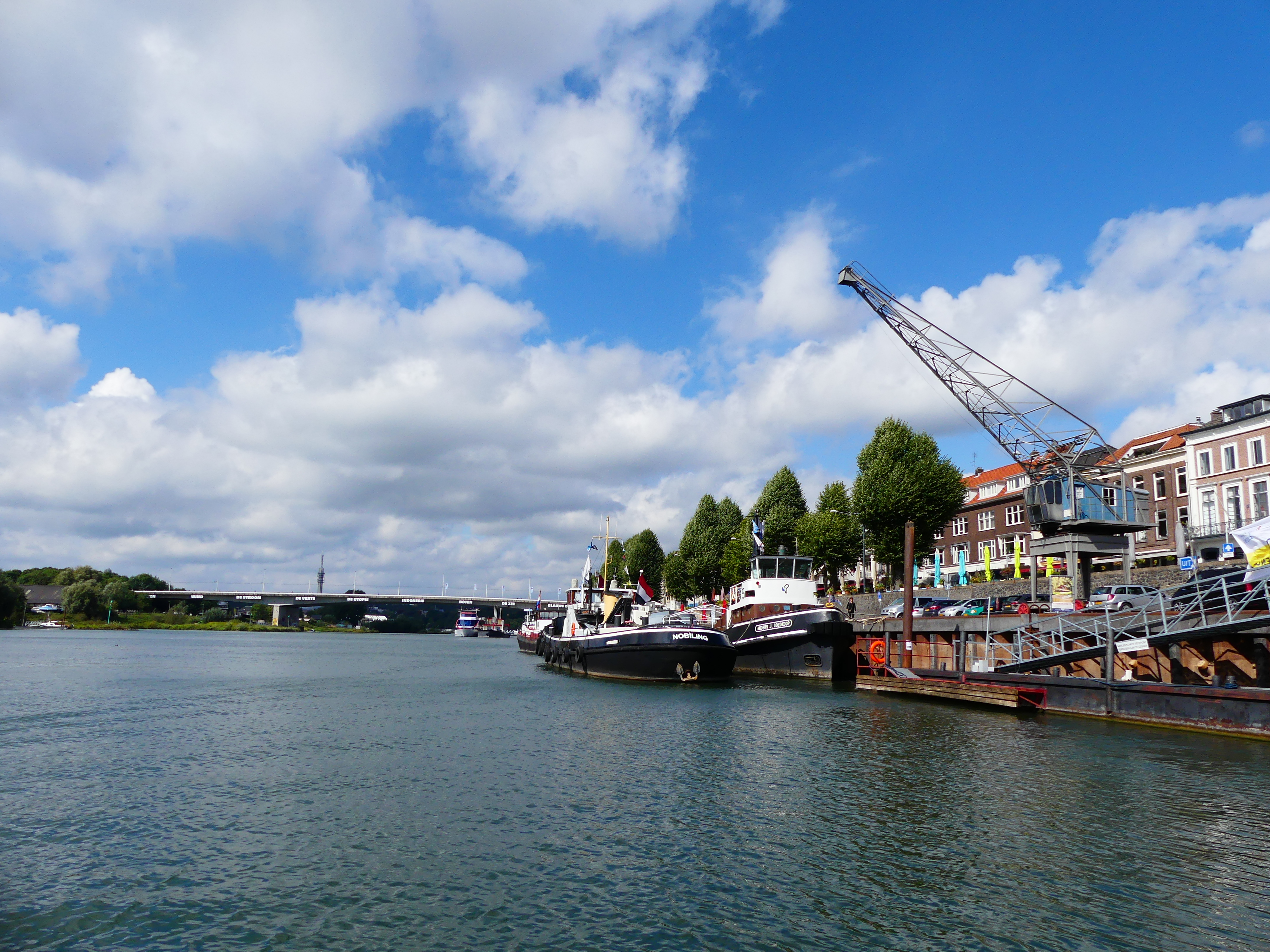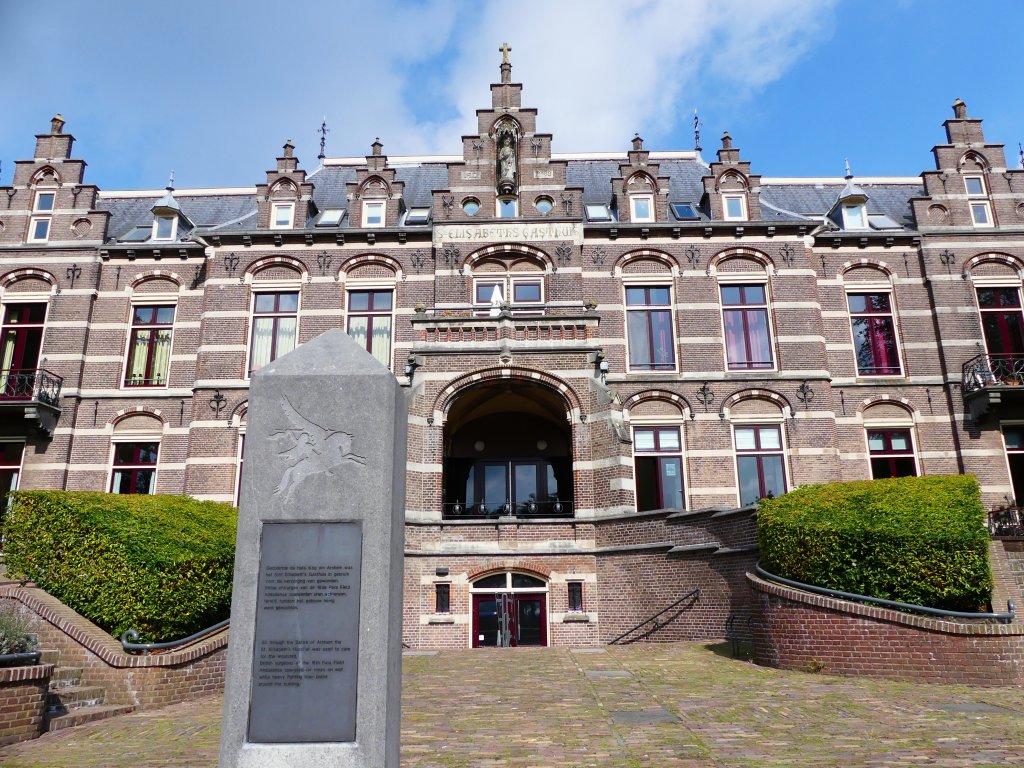
Among the largest cities of Netherlands in Europe, Arnhem is located on the Lower Rhine River on its northern bank. The history of this town is as diversified as it is rich and interesting. From early inhabitants to various conquests to being in the centre of various wars, this little city has seen it all. Let us have a look at its interesting history.
Arnhem, Stone Age:
Unbelievably the archaeologists have found two firestones dating back more than 70,000 years. They are believed to be from an era when Neanderthals would have inhabited this side of Europe. In another part of the city, remains from 5000 B.C. of a hunter’s camp were found. In yet another area of Arnhem, signs of Neolithic revolution (an era which saw the rise of farmers) dating back to 2400 B.C. were discovered. Here 12 grave mounds were found.
Until 1530, though settlements were there in Arnhem, they were not situated on the banks of River Rhine as today. Only once the course of the river changed in 1530 did the settlers come down and make a city on the banks. Till then they are believed to have been living in the forests and on the hills above the banks after that.
Nature Park Meinerswijk Arnhem

Arnhem, Middle Ages (13th to 15th century):
Arneym as it was referred to, had been a part of the abbey of Prüm, before it was officially declared to be a city in 1233 by Count Otto II from Zutphen.
It also entered the Hanseatic League in 1443, which was basically a trading community from Germany, which had expanded over centuries to cover a fair part of Europe.
More than two centuries later it fell in the hands of Charles Bold of Burgundy in 1473.
16th and 17th century:
The city changed rulers again almost 40 years later in 1514, when after repeated attacks; the Duke of Burgundy lost the city to Duke Charles of Egmond, Guelders. Sadly he could also hold on to the city a mere three decades, after which Charles V the Roman emperor conquered it in 1543.
Almost a decade after the Dutch War of Independence started in 1568 Arnhem also joined the Union of Utrecht in 1579, thus joining the war. It succumbed to the Dutch and English forces in 1558, becoming a part of Republic of Seven United Provinces of the Netherlands.
Barring two years from 1672-74, the English and Dutch people ruled the town until almost the end of the next century.
Source photo: Mijn Gelderland.

Source photo: Eusebius Kerk website

Arnhem, 18th and 19th century:
More than a century after its brief capture of Arnhem, the French were able to recapture it again from 1795- 1813.
As a result of the French rule, a lot of sugar barons and planters moved to Arnhem from the Indies as they had done in The Hague. This resulted in Arnhem also being referred to as “The little The Hague of the East”.

Arnhem, 20th century:
The 20th century saw World War II being waged from 1939-1945. In 1944, in an effort to end the war early, the bridge on River Rhine became the centre of an altercation between the German troops on one side and the American, British and Polish troops on the other side.
Operation Market Garden was launched under the command of Lieutenant-colonel John D Frost. The American and Polish troops failed to even get close to the bridge guarded by German troops who were stationed in and around the city. The British paratroops though dropped pretty far from the bridge, were the only ones who managed to reach the bridge. Eventually, the Britishers offered a truce as most of their soldiers were injured and needed immediate medical attention. The Germans accepted the truce and the Britishers, though they became the prisoners of war walked proudly to the end of the bridge, and till date the bridge is named after Colonel John Frost.
Once again in April 1945, Arnhem was embroiled in war, but this time it attained liberation at the hands of British 49th infantry Division.
The famous bridge of Arnhem standing today is the third bridge to have been rebuilt at the same spot. The Dutch army destroyed the first bridge in 1940, in an attempt to halt the advancing German army. The second time it was destroyed by the U.S. army air forces during the war of liberation. Today what we see is an almost identical bridge to the first one. After the third construction, in memory of the bravery of the British troops it has been named after leading commanding officer Frost.
More info about the Battle of Arnhem can be found here:
Battle of Arnhem, A Walk Through History 1
Battle of Arnhem, A Walk Through History 2

How to reach Arnhem:
This city is well connected to most of the important European cities around it through railways. It does not have an airport of its own, and the nearest airport is Schiphol airport in Amsterdam. Some airlines also run special buses from Arnhem for their passengers travelling to the airport. Arnhem is also famous for its unique trolleybus system for local transport, in all of the Netherlands.
Populated with more than 1,50,000 people today, Arnhem has become a popular tourist destination thanks to its rich history.
Walking through the city of Arnhem, one comes across large beautiful parks and wide expanses of open spaces. It is quite hard to imagine looking at the modern buildings, that this city has so much history, destruction and war attached to it. If in Arnhem, one must definitely visit the British war memorial, cemetery and museum built in Oosterbeek in commemoration of the last battles.
In the current day, it is a blend of modern and history, making it a must-visit destination if in Europe!
We offer guided city tours in Arnhem and organize corporate events in the whole of The Netherlands. Feel free to contact us at info@ArnhemLife.nl for more info and options.
Blog by Sarah, a senior content curator in HolidayFactors.com, a leading holiday portal in Dubai, UAE.

